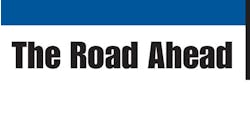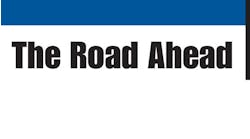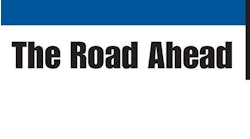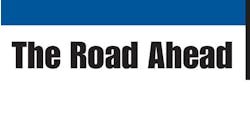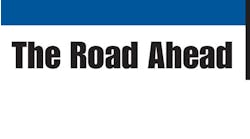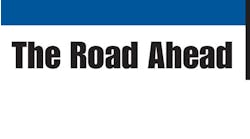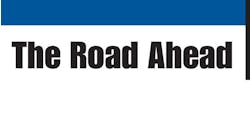WORLD WAR II was over. The Allies had won, and Hitler was history — largely because United States manufacturers did an outstanding job of supplying the military with superior weapons, vehicles, and parts.
Suddenly the demand for material was satiated, and the military began looking for a way to sell off its surplus.
Sam Ruven was one of many entrepreneurs who launched a business at the end of World War II to sell military surplus to civilians. Some of these companies sold personal use products such as helmets, uniforms, cots, and canteens. Although he began selling anything he could find, Ruven's specialty was truck parts. Universal joints were especially popular. So were PTO drivelines and cable controls.
Buyers, however, did not exactly beat a path to his door. To be successful, Ruven realized he had to take his parts to the customer. The owner of the fledgling business did just that, driving all over the eastern United States from Florida to Maine and into Canada. Those travels brought him in contact with a lot of other new, family-owned businesses that sprung up at the end of World War II — businesses that manufactured commercial truck bodies or mounted bodies and equipment on truck chassis.
Business was good then. After sacrificing everything for the war effort, Americans fervently wanted to build homes and start families. With the demand for consumer goods came a corresponding need for commercial trucks — and the parts they need to continue operating. The surplus of military truck parts quickly was consumed, and Sam Ruven needed other parts to sell.
He found them. Mudflaps. Hinges. Hitches. A lot of parts go into the average commercial truck, Ruven discovered, and he saw a future in providing them.
Same concept
To a great degree, Ruven's principles are still in place at the company he started, Buyers Products of Mentor, Ohio. The company is still selling parts and accessories. But today, the parts vendor is manufacturing between 60% and 75% of what it sells.
“We were a parts distributor that wanted to grow,” says Dave Zelis, sales and marketing manager. “The only way to do that was to control our own destiny.”
For Buyers Products, controlling its destiny meant manufacturing. The company's first venture was in 1988 when it started-up a forging operation.
Buyers Products followed that start-up four years later with TRACOM, a small military manufacturing company that was going out of business. When Buyers Products found it difficult to get some of its fabricated products powder coated in 1995, it started-up a powder-coating company.
The company also has grown organically. Last year it opened an expansive headquarters and parts distribution center. And in September, it announced a $1-million upgrade that will more than double the production capacity at TRACOM. The investment at TRACOM adds a 4,000-watt Trumpf laser, an Amada Pega 357 turret punch, and three additional press brakes.
“This investment allows us to better control cost and quality,” says Mark Saltzman, vice-president. “It also allows us to continue adding new products.”
The company headquarters and distribution center opened in August 2002.
“It was the ‘Big Bang Theory.’ We did everything at once,” Zelis says. “New offices, new computer systems, new warehouse. It was tough at first — customers who were used to ordering on Monday and getting delivery on Wednesday were getting two-week delivery at first. But we got those start-up obstacles behind us, and we are in a great position to continue to grow. With our new building, we can triple our throughput.”
The new building provides a variety of functions, including storage of parts that have been produced at other Buyers Products locations, packaging and shipping, and serving as corporate headquarters.
“We package everything,” Zelis says, “even pintle hooks. Five years ago, I never would have thought that you would see a pintle hook in a full color - retail oriented box, but that's the trend in the aftermarket. Everything is moving out of the stockroom and onto the showroom. No one wants to wait for a 2" ball hitch to come out from behind a parts counter anymore.”
A wide range of parts and accessories moves through the Buyers Products distribution center. They include towing and cargo control products, truck and trailer hardware, hydraulic and pneumatic components, cables and control systems, driveline components, lighting parts, and an array of plastic or rubber products such as wheel chocks, rubber bumpers, fender extensions, pickup bed mats, and mudflaps.
And they move quickly. On an average day, the distribution center fills three UPS trailers and between four and five common carrier trailers with parts and accessories.
Sam Ruven passed away in 1970. The company he left behind is still delivering the parts, even though the surplus was sold a long time ago.
